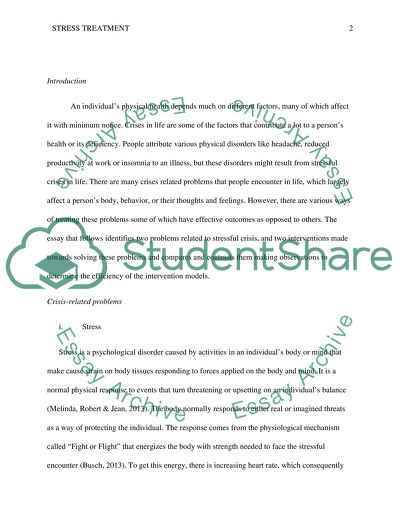Cite this document
(“Treatment Paper Essay Example | Topics and Well Written Essays - 2000 words”, n.d.)
Retrieved from https://studentshare.org/psychology/1494923-treatment-paper
Retrieved from https://studentshare.org/psychology/1494923-treatment-paper
(Treatment Paper Essay Example | Topics and Well Written Essays - 2000 Words)
https://studentshare.org/psychology/1494923-treatment-paper.
https://studentshare.org/psychology/1494923-treatment-paper.
“Treatment Paper Essay Example | Topics and Well Written Essays - 2000 Words”, n.d. https://studentshare.org/psychology/1494923-treatment-paper.


